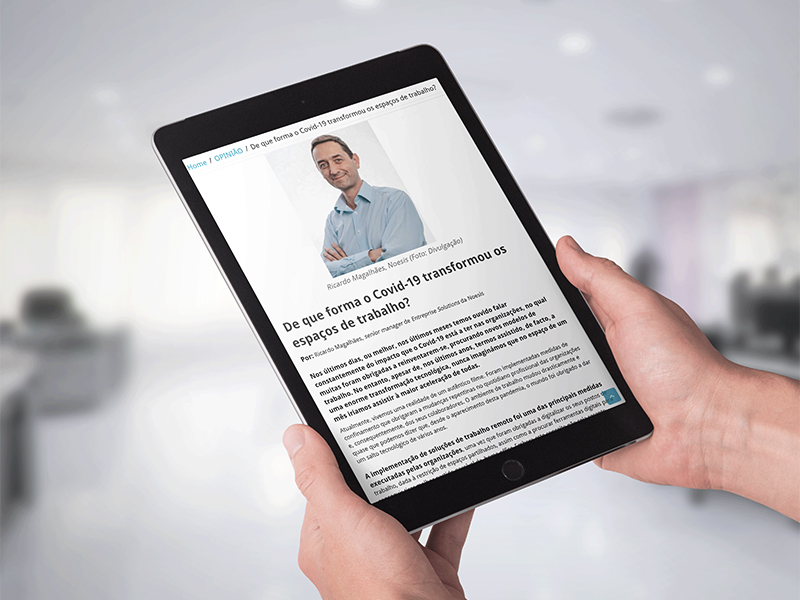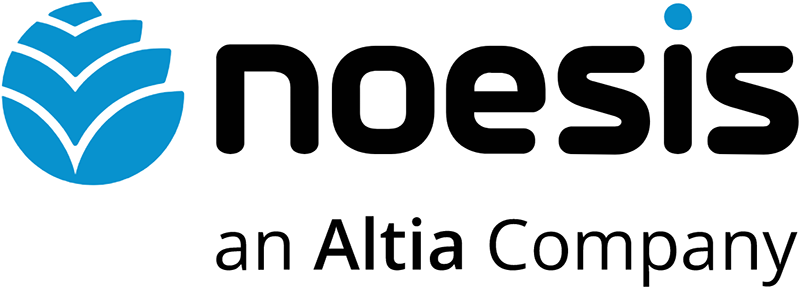
In recent days, or rather in recent months, we have been constantly hearing about the impact that Covid-19 is having on organizations, in which many have been forced to reinvent themselves, looking for new working models. However, even though in recent years we have seen a huge technological transformation, we have never imagined that within a month we would see the greatest acceleration of all.
Nowadays, we live a reality of an authentic movie. Containment measures were implemented that forced sudden changes in the daily work of organizations and, consequently, their employees. The working environment has changed dramatically, and we can almost say that, since the emergence of this pandemic, the world has been forced to take a technological leap of several years.
The implementation of remote work solutions was one of the main measures implemented by organizations, as they were obliged to digitize their jobs due to the restriction of shared spaces, as well as searching for digital tools to make the most of the home office. Although this concept is not recent, it was not yet well-grounded in our culture or at least a good part of organizations were not yet ready to implement them.
In this sense, it has become urgent to understand how technology can and should help organizations to modernize their operating processes and, at the same time, to speed up the adaptation of employees to remote work, always encouraging their productivity. Several are already the technologies developed and made available that allow us to set up an efficient remote work environment, able to increase the productivity of teams.
However, it is essential to realize that implementing a remote Workspace solution is to go beyond the features we all recognize, such as chat or the ability to make video meetings. Teams must benefit from a set of tools that increase the productivity of each member. There is, in fact, a universe of applications, which perhaps for many is still totally unknown, but which make it possible to create a centralized and integrated environment for sharing information, where it is possible to create groups and aggregate organizational processes and workflows so that feedback loop is faster and more efficient. It is important that organizations keep in mind the notion that only through these tools, the automation of workflows and processes, that otherwise would have to be created manually, is possible.
On the other hand, it is also possible to use a number of other out-of-the-box applications that have other functionalities, such as: data analytics, planning and task management of remote teams, management of To Do’s, creation of online forms and surveys in an intuitive way and work habits analysis, so that you can get insights with suggestions on how to improve individual and team productivity.
Thus, in the current context, technology has never had such a significant importance and impact, both in society and in organizations, and it has become imminent to create, through these Remote Workplaces, with an integrated vision and exploring its full potential.
The time has come for us to be able to capitalize and face the situation that we live in, with both feet on the ground and looking to the future. At the moment, when we do this we will be able to turn this Pandemic into an opportunity and realize that, even in times of crisis, it is possible to innovate and create solutions capable of maintaining the productivity of organizations. The opportunity is there, we must be able to catch it.
*Published in PME Magazine.



